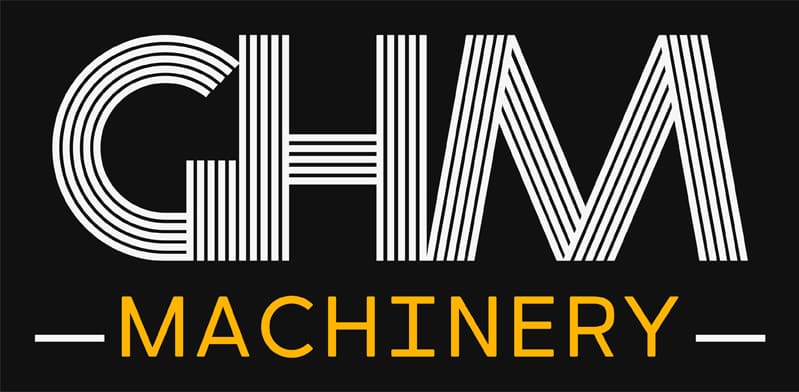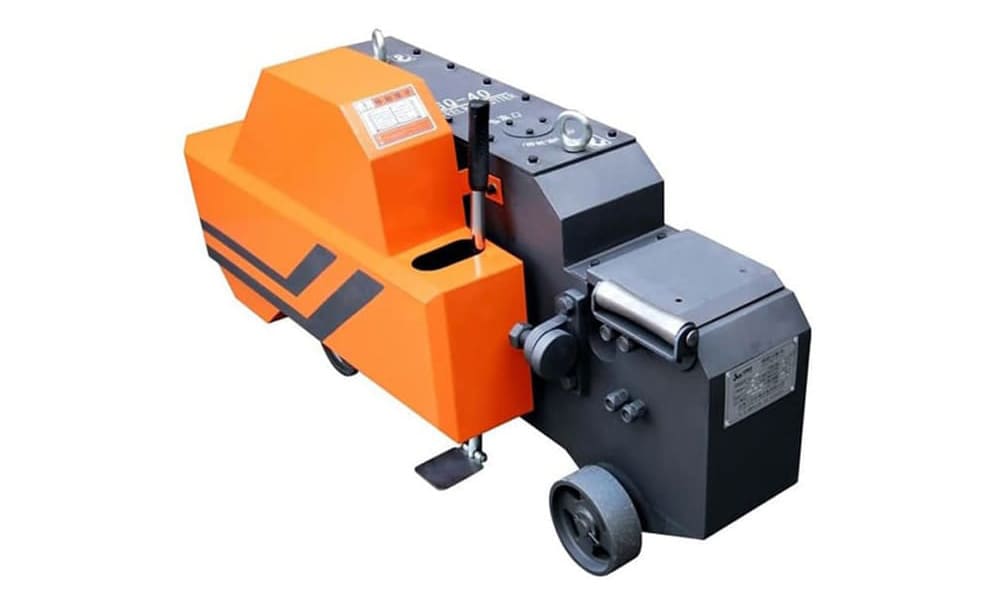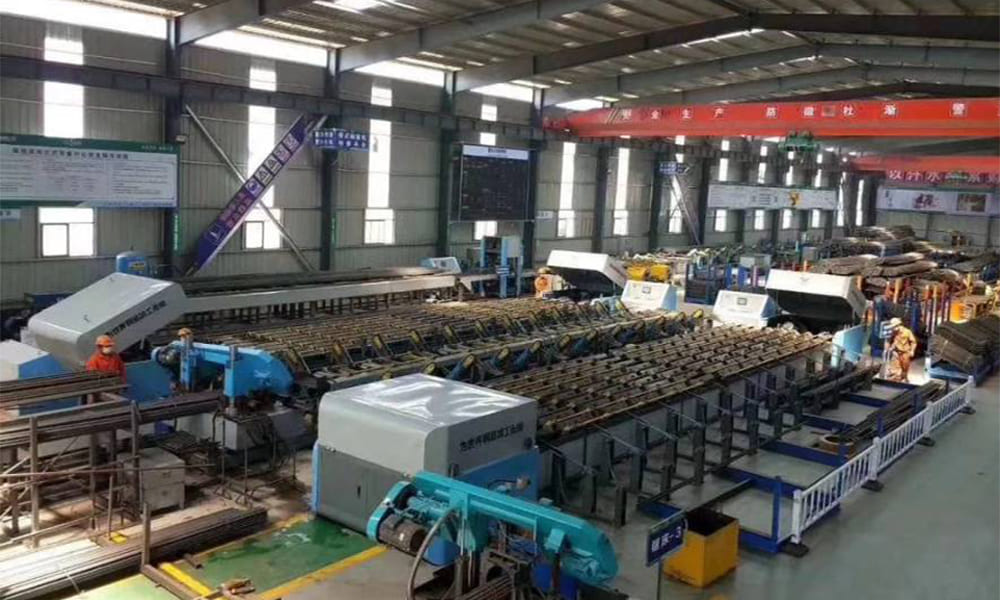- Maintain a level work table for material reception and feeding, aligning it with the cutter’s lower part. Adjust the table length as per material size. For long steel bars, assign trained personnel to assist, following strict operational guidelines to prevent accidents.
- Before startup, inspect the cutter for cracks, ensure tightness of knife holder bolts, and secure the protective cover. Hand-turn the pulley to check gear meshing and adjust cutter clearance for optimal performance.
- Prior to operation, run the machine without materials to ensure proper functioning of transmission parts and bearings.
- Cutting should commence only when the machine reaches normal speed. Utilize the middle and lower sections of the cutter, firmly gripping the steel bar, aligning it with the knife edge, and feeding it swiftly. Operators must stand beside the fixed blade, exerting pressure on the steel bar to prevent accidents. Avoid holding the steel bar with both hands on either side of the blade or leaning over during feeding.
- Adhere to machine specifications regarding maximum diameter and strength of steel bars to be cut, avoiding cutting red-hot bars. When cutting multiple bars simultaneously, ensure their combined cross-sectional area falls within the specified range.
- For cutting low-alloy steel, replace cutters with high hardness ones as indicated on the machine nameplate.
- Maintain a safe distance of over 150mm between hands and the blade when cutting short materials. Use sleeves or clamps to secure short steel bar ends if the grip is less than 400mm.
- Refrain from manually removing broken ends or debris during operation. Non-operators should stay clear of swinging steel bars and blade vicinity.
- If the machine exhibits abnormal operation, unusual noises, or skewed cutters, cease operation immediately for maintenance. Conduct maintenance tasks only after shutting down the machine and disconnecting power.
- Before operating the hydraulically driven cutting machine, verify hydraulic oil level and motor rotation direction. Run the machine without load initially, release oil valve, and expel air from the hydraulic cylinder before cutting.
- For manual hydraulic cutting machines, tighten the oil drain valve clockwise before use and loosen it counterclockwise after cutting. Maintain a firm grip on the machine during operation and wear insulated gloves for safety.
- After operation, disconnect the power supply and use a steel brush to remove debris between the cutters, ensuring thorough cleaning and lubrication of the entire machine.
Home » Safety Operating Procedures for Steel Bar Cutting Machines



